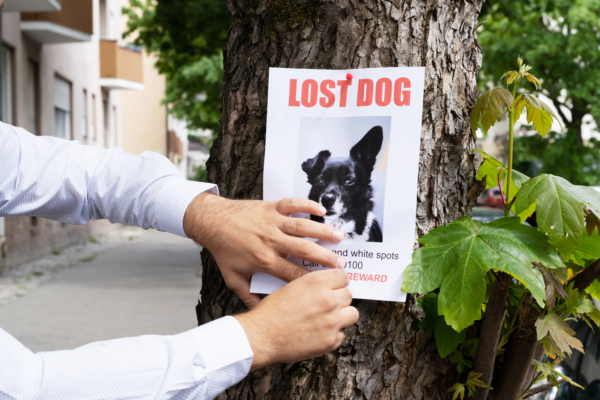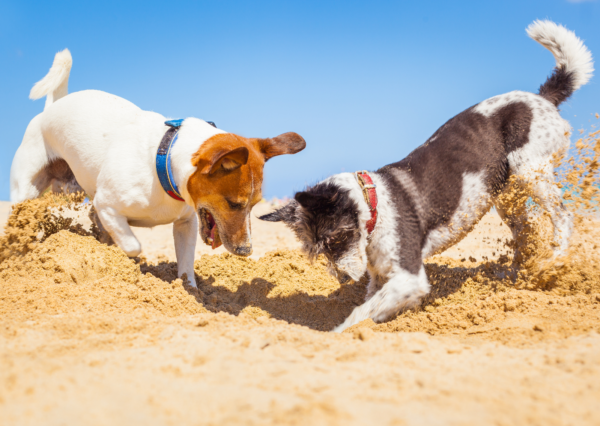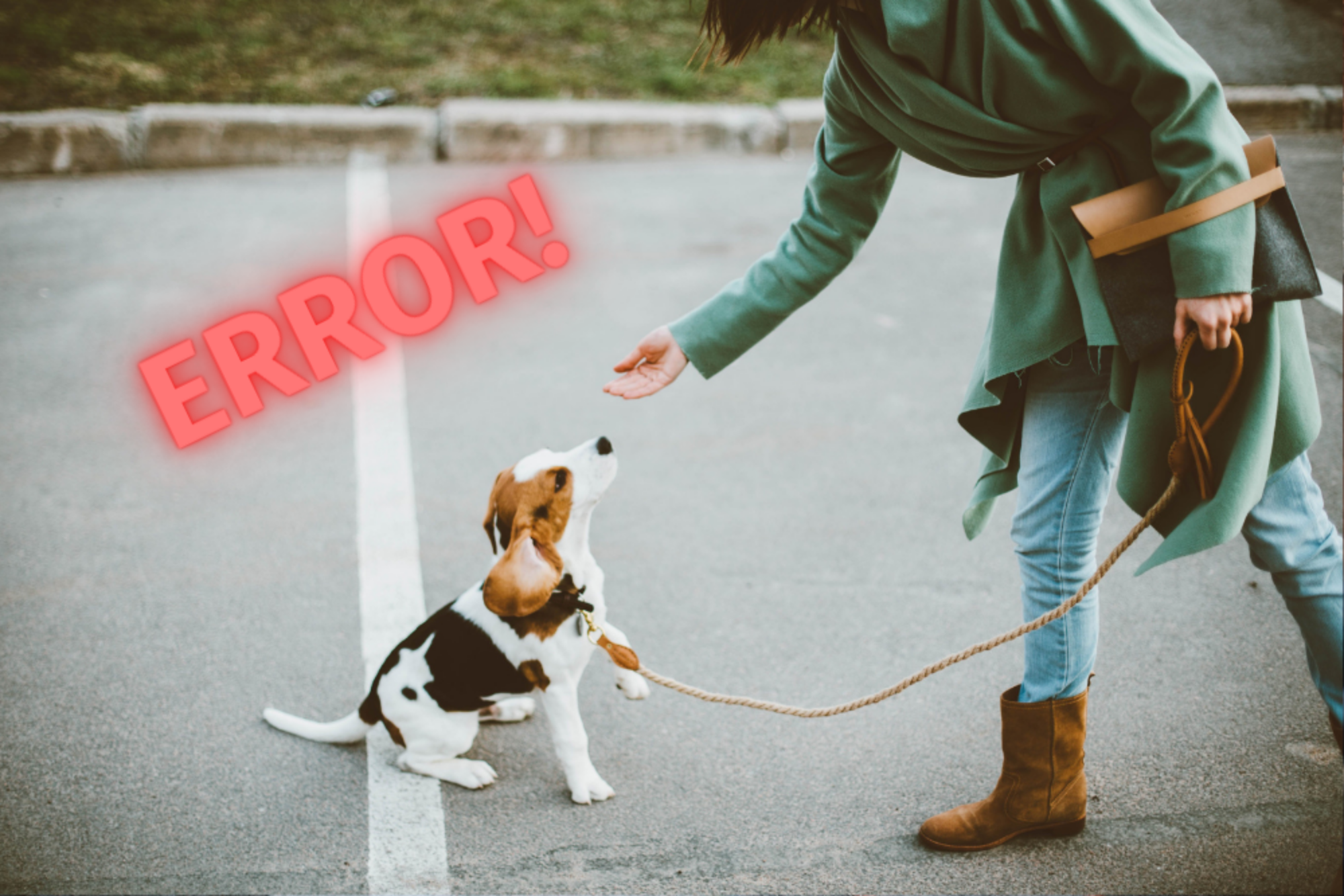An error in dog training occurred, try again later!
Error in dog training – do we need them to learn? Do you need to access both consequences in our choice or discrimination contingency to learn? In other words, do you need to experience extinction to learn that there is no point in trying to open doors to the restroom when the sign says “OCCUPIED”? I do believe in what B.F. Skinner said about errors:
“Errors are not necessary for learning to occur. Errors are not a function of learning or vice versa, nor are they blamed on the learner. Errors are a function of poor analysis of behavior, a poorly designed shaping program, moving too fast from step to step in the program, and the lack of the prerequisite behavior necessary for success in the program.”
B.F Skinner
You have to experience” frustration” to build resilience
I have heard many times that one has to experience” frustration” to build resilience. Frustration is a label we use to describe extinction contingency. What used to work doesn’t work anymore. Reinforcement is no longer contingent on this behavior. In other words, we break the contingency. What happens next is what we call” extinction burst” – an increase in the intensity of the behavior that used to produce reinforcement. We can also observe the appearance of a resurgence – reappearance of a previously extinguished behavior, during the extinction of a more recently reinforced behavior. All these behaviors that are part of extinction burst and resurgence are what we tend to label frustration. They can be different depending on the individual’s history of learning. What we should look into is not if one needs frustration because this is just another label but instead, if extinction is a necessary part of a learning process.
In other words, is it necessary to make an error to learn? Does your animal have to perform the behavior?
Let’s look closer at the process putting behavior under stimulus control. We insert a cue – Sd, but to have stimulus control behavior should not happen without it. The old school says: use differential reinforcement. DR is about reinforcing response on the presence of Sd and putting on extinction the same behavior happening without Sd. But maybe we can approach it from a different perspective? By building a strong history of the correct response in the first place. Not only of the cued behavior but also the default behavior that the learner performs between reps of the cued response.
https://www.youtube.com/embed/B5BEytlASSI?feature=oembed
Going back to the example from the first section of this article – do you need to try getting into an” occupied” restroom to learn that it is open only if the sign says “vacant”?.
What if we approach this errorlessly?
- First building behavior repertoire necessary to open doors etc.
- Then giving you only the right choice, always vacant. Building a strong reinforcement history for the correct response.
- Gradually fade in the “occupied” option. In the beginning, make sure the correct response is the easiest one to pick out.
Let’s look at this scent article early training. It is the same situation as we had with restroom training. Gapcio does discrimination for the first time here.
The same thing goes for choice. Does your animal have to say NO to learn YES? If you choose a challenging location, difficult competing stimuli, you are not setting up your animal for success. The chances of NO are high. Instead, first practice the behavior in effortless conditions, build powerful reinforcement history for the correct response. Then fade in challenges, so you are thoughtfully arranging the learning process to enhance the errorless experience for your learner. Practicing incorrect behavior doesn’t bring you closer to the correct version of it. It is only building a history of repetition of responses you don’t want your learner to have in the repertoire. Errorless learning is possible. It requires careful planning, antecedent arrangement, breaking down behavior into small teachable units, mechanical skills of a trainer, observational skills, and strategic delivery of reinforcement. It’s not easy, but it is possible.
What experience would you rather have:
👉 your teacher is asking you to figure it out, withholding reinforcement until you meet the criteria as you make multiple errors along the way.
OR
👉 your teacher is building blocks, step by step, reinforcing your flawless journey toward the final goal. You are only practicing the correct responses as the challenges increase gradually.
We need a change of mindset. We need to stop putting responsibility for the successful learning process on the learner but rather the teacher. You want to learn how to do errorles, forcefree dog training? Join our courses and have fun! *CLICK HERE TO TAKE A LOOK*
See also other posts:
June 30, 2023

Get Your Lost Dog Back Home Quickly: Follow These 12 Tips for Success
Vacations favor more frequent and longer walks with our furry friends. We travel, visit new places. Summer makes us loosen our brakes and allow our…
June 30, 2023

Managing Aggressive Dog Behavior: Tips for Peaceful Living
Living with an aggressive dog may seem challenging, but it can be peaceful and manageable with the right approach. One key aspect is to remain…
June 30, 2023

Unlocking the Secret to Successful Puppy Socialization: Quality over Quantity
Today, although the topic is very important, I will keep it brief. Socialization is a topic that could fill books or scientific papers. However, today…

